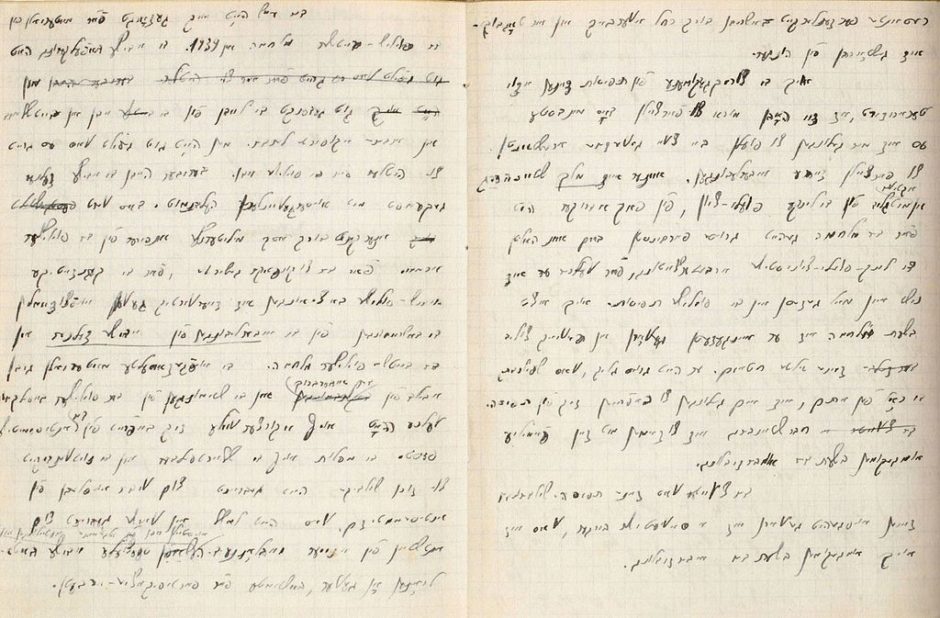The Holocaust unfolded in a succession of Nazi-occupied countries ranging from Poland and the Soviet Union to France and Hungary, and although much is known about this catastrophe 72 years after the liberation of the Auschwitz-Birkenau extermination camp by the Red Army, a whole lot of new material is still turning up and enlarging our knowledge and understanding of it.
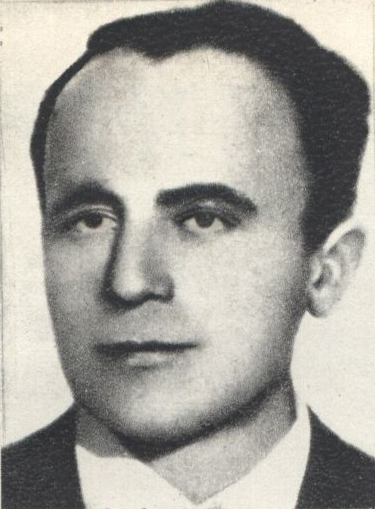
In Warsaw, the Jewish Historical Institute has mounted an exhibition of heretofore unseen documents and artifacts compiled and hidden by the Jewish historian Emanuel Ringelblum and his Oneg Shabbat group in the Warsaw ghetto,which was levelled by the Germans in 1943 following an uprising by Jewish fighters.
Thousands of miles away, in New York City, the YIVO Institute for Jewish Research recently announced the discovery of Jewish documents believed to have been destroyed during the Holocaust.
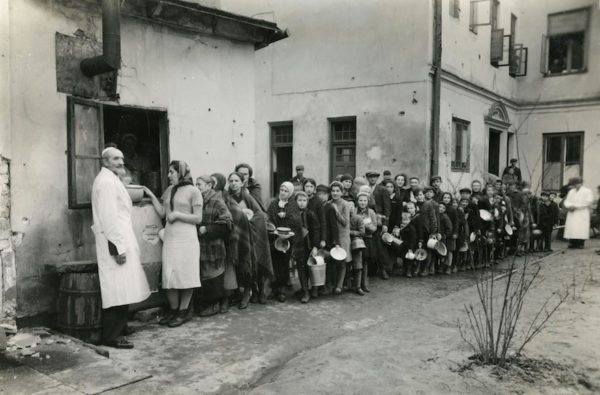
The exhibition in Poland, What We Could Not Shout Out To The World, features a treasure trove of documents in Polish, Yiddish and German, as well as private letters and photographs of the ghetto, streetcar tickets, ration cards, Nazi proclamations and Jewish appeals. They were methodically collected by Ringelblum and his assistants and placed in 10 metal cases and two milk canisters that were found shortly after the end of World War II amid the ruins of Warsaw.
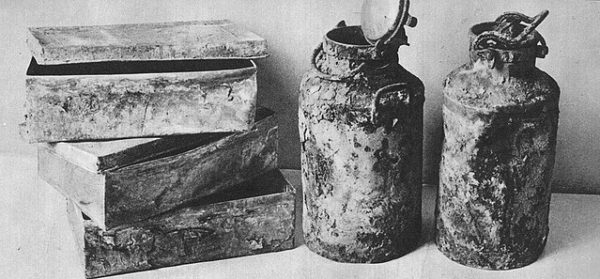
Pawel Spiewak, director of the Jewish Historical Institute, told reporters that the documents attest to the intellect and strength of the Jews in the doomed ghetto. “We want to help shout out all that they said and find a language that will make this archive well-known and accessible,” he added.
Visiting the exhibition before the official opening, Polish President Andrzej Duda described it as “a priceless testament to the most tragic chapter in the common history of Jews and Polish people.” He went on to say that “telling the truth about the Holocaust of the Jews is our duty. Thus, we continue the work of Emanuel Ringelblum and his associates from Oneg Shabbat.”
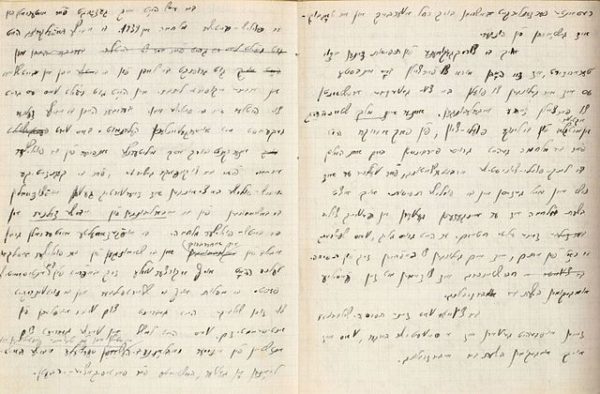
Polish Minister of Culture and National Heritage Piotr Glinski said that Oneg Shabbat’s dedication, persistence, wisdom and courage made it possible to “tell the story about those times to the world again. We can, and we want to shout it out to the world.”
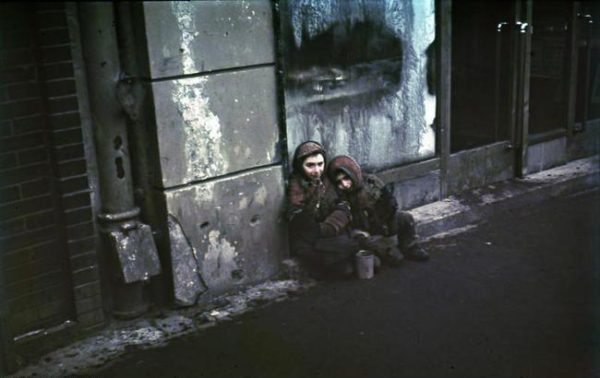
The announcement by YIVO that 170,000 documents had been discovered in neighboring Lithuania was a cause for joy. They offer insights into Jewish life stretching from the mid-18th century to the 1940s.
In 1941, German occupation forces raided YIVO headquarters in Vilna and seized its collection of books, papers and artwork. Risking their lives to preserve them, Jewish slave laborers smuggled some of this material into the Vilna ghetto. After the war, Antanas Ulpis, a non-Jewish librarian, hid them in the basement of a church. In 1991, the Ulpis collection of 150,000 documents was found. Last year, still more documents surfaced.
Jonathan Brent, YIVO’s executive director, told the Jewish Telegraphic Agency that they constitute the world’s largest collection of material about Jewish life in Eastern Europe. They remain in Lithuania, where they’re being digitized.
Ten items from the collection are now on display at YIVO in New York City until January 2018.
Running the gamut from a 19th century communal record book to 10 poems written by the Yiddish poet and partisan fighter Avrom Sutzkever, they shed yet more light on the Holocaust and a a lost Jewish world in Lithuania.
